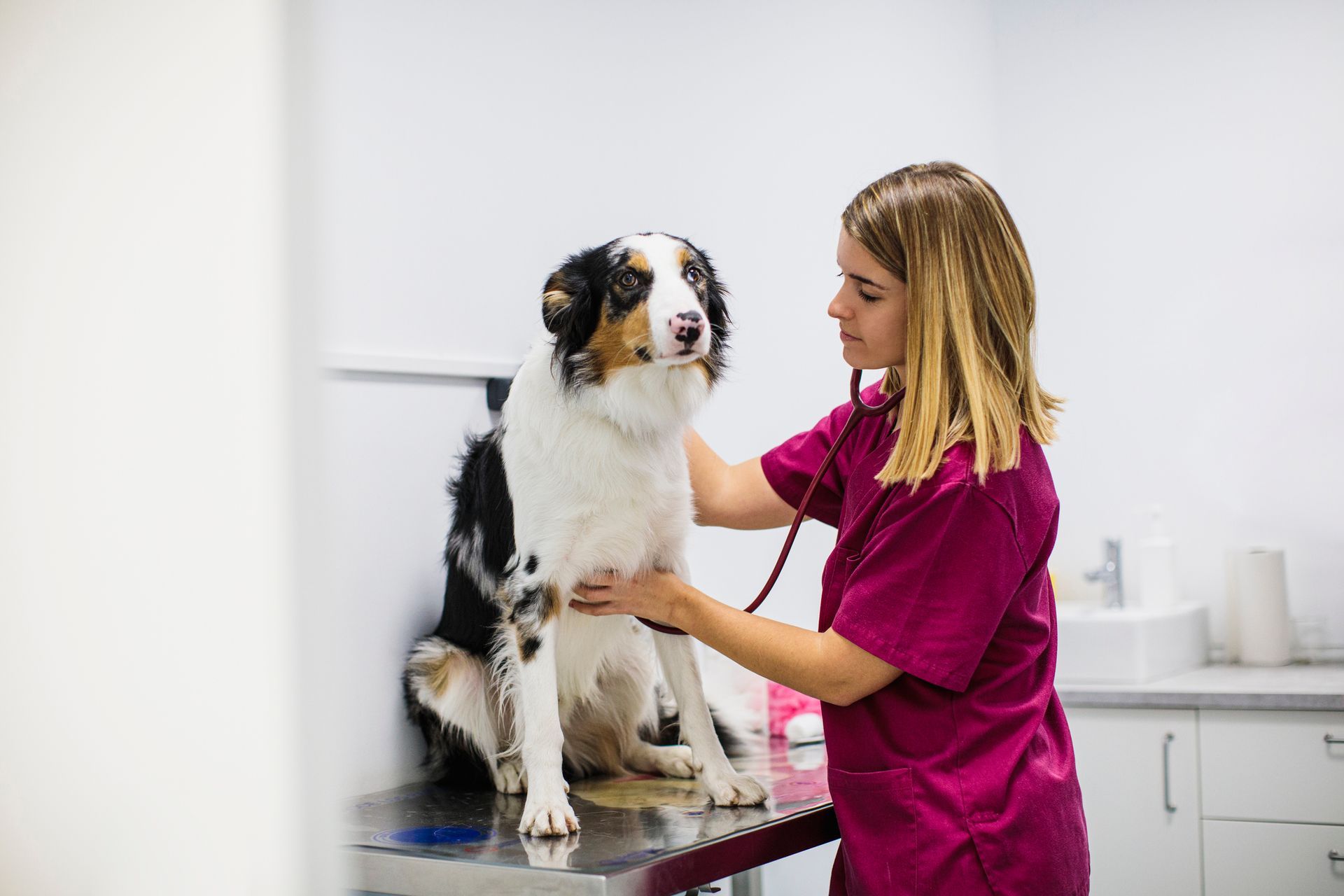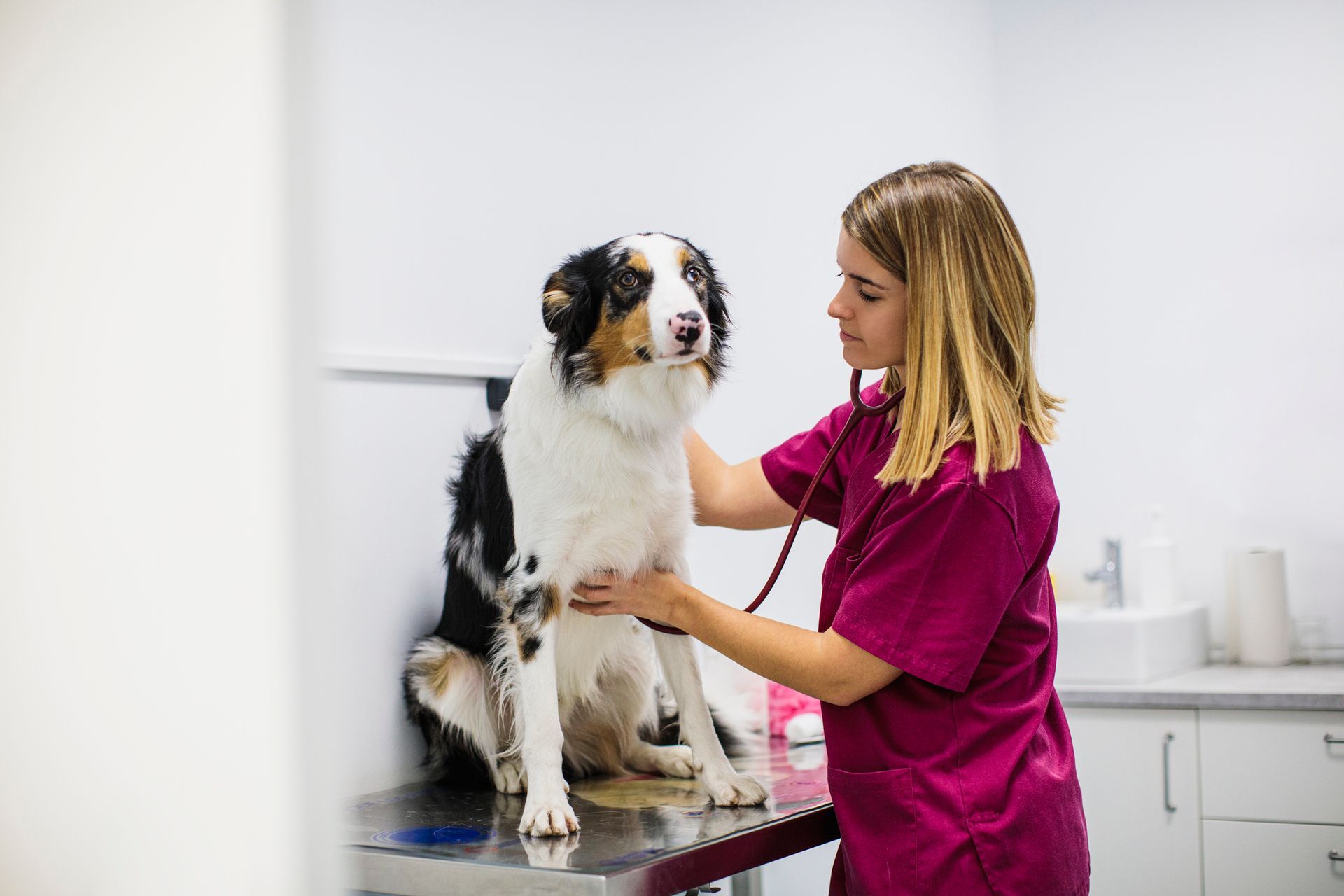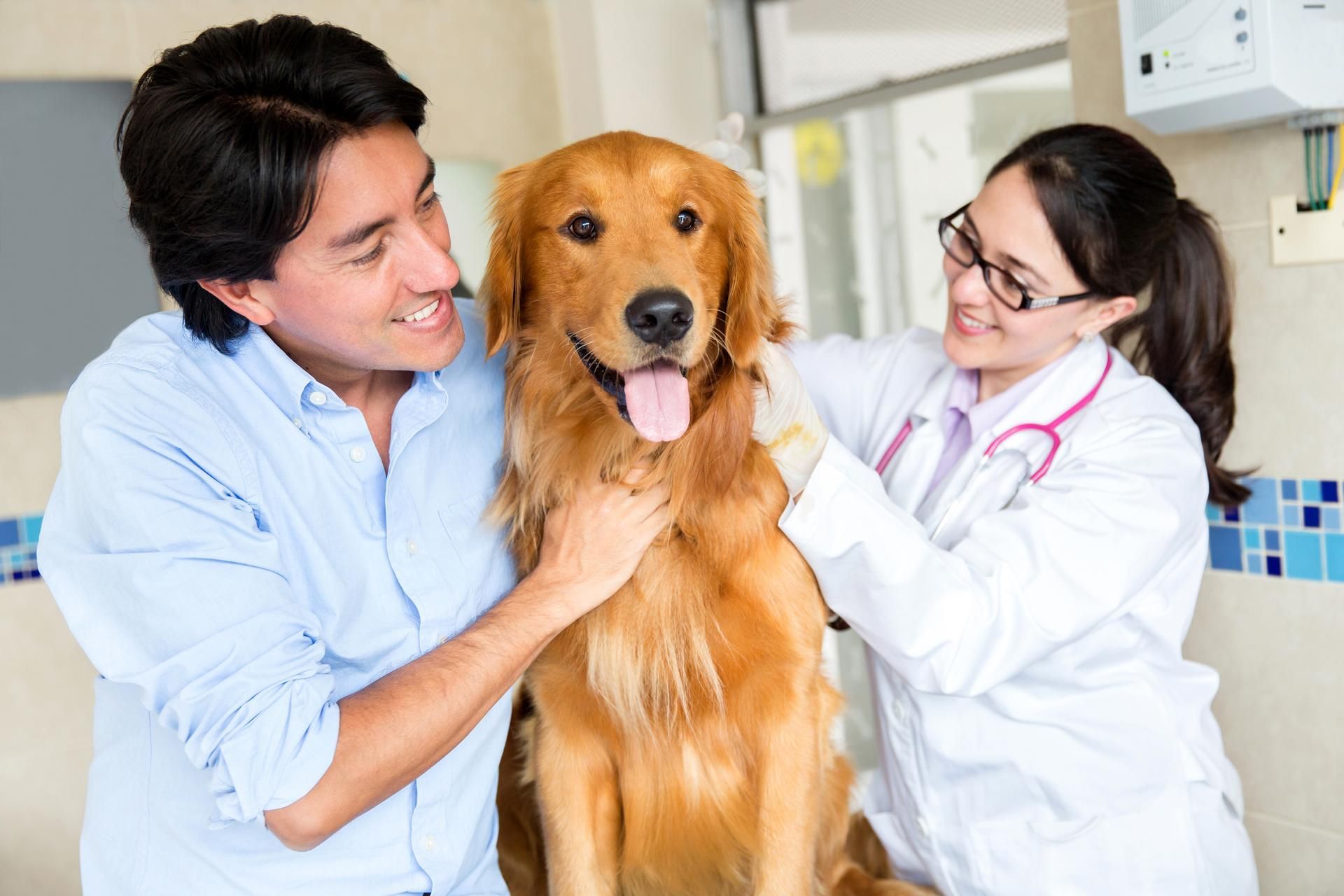Five Steps To Take If Your Dog Eats Chocolate

There are few dog-owner nightmares as instantly gripping as walking in on your pup gleefully gobbling up a batch of chocolate. The realization strikes hard, and the frantic scramble begins. With chocolate toxicity being a serious and potentially fatal concern for dogs, understanding what to do in this high-stress situation is crucial.
This post will guide you through a comprehensive set of actions to take if your dog has ingested chocolate.
1. Assess the Risk Level
Not all chocolate is created equal—morsels of differing darkness and varying cocoa concentrations pose different levels of threat to your canine companions. The first immediate step is to assess the type and amount of chocolate consumed. Darker chocolates, such as baker's chocolate and cocoa powder, contain higher levels of theobromine, a compound that is toxic to dogs even in small amounts. A general rule is that the lighter the chocolate, the less toxic. A comprehensive guide to theobromine levels can help you make a quick risk assessment, but remember—always err on the side of caution and seek professional advice even if you think the amount is "safe."
2. Observe and Document Symptoms
After you've obtained the details of the chocolate ingestion, it's time to play the waiting game and observe your dog closely. Symptoms of chocolate poisoning may include restlessness, vomiting, diarrhea, rapid breathing, increased heart rate, and, in severe cases, seizures or collapse. Even if no symptoms yet appear, it's advisable to note the time of ingestion and keep a timeline of any changes in behavior. This information will be invaluable if you need to convey the situation to a veterinarian.
3. Contact a Professional
In the majority of cases, it's best to seek professional advice immediately after you have discovered the chocolate consumption. You should contact your veterinarian or a pet poison helpline. They can help you calculate the level of toxicity and guide you on the next steps, which may involve at-home care, a vet visit for observation, or, in severe cases, induction of vomiting to prevent absorption.
4. Stabilize the Dog (if Necessary)
While awaiting professional advice or during transport to a veterinary clinic, there are a few immediate steps you can take to mitigate the risks. If the dog has vomited, do not offer anything to eat or drink to prevent aspiration. Keep the dog calm to reduce the risk of an elevated heart rate, and if indicated by a professional, you may need to induce vomiting under safe circumstances. This should only be done after consulting with a veterinarian, as certain methods are contraindicated depending on the timing of ingestion and the dog's health status.
5. Prevent Future Incidents
After the immediate episode has been resolved, it's important to reflect and take steps to prevent future mishaps. This could involve re-evaluating the accessibility of chocolates in your home, training your dog the "leave it" or "drop" commands, or installing pet gates to keep them out of certain areas. Preparation is key; having a list of emergency numbers, including your vet and a poison helpline, at the ready can save time and potentially a life. Even with the best-prepared households, accidents happen. If you find yourself in this stressful situation, don't panic. Follow these steps calmly but swiftly, and your dog will have the best chance at a safe and healthy recovery.
Maintain an ongoing dialogue with your vet, discussing the risks of specific foods and potential toxins in the home. Awareness is your best ally in tackling pet health concerns. Remember, in all pet-related emergencies, clear communication and proactive action are invaluable. By staying informed and prepared, you can ensure your furry friends continue to lead long, happy, and healthy lives—with an enjoyable (and safe) treat once in a while.
If your dog has eaten chocolate, call our team at South Seattle Veterinary Hospital to get your pup checked out and ensure they are okay.










